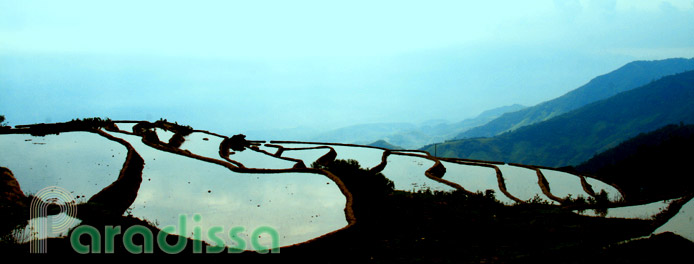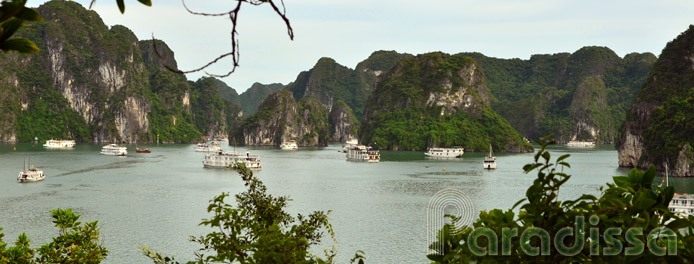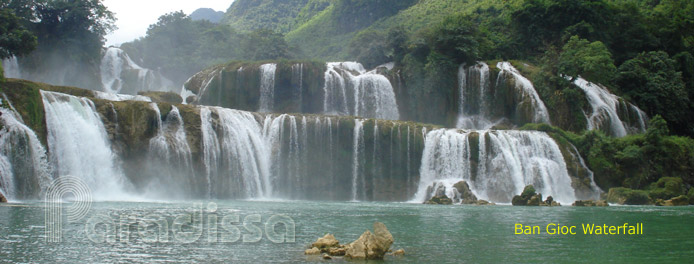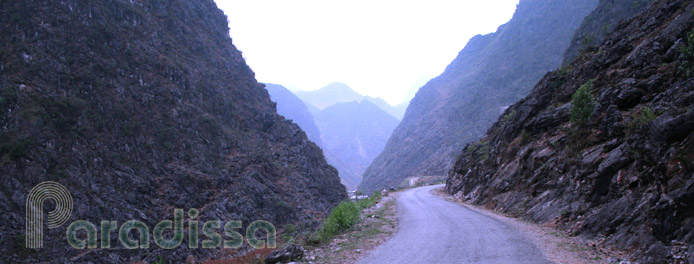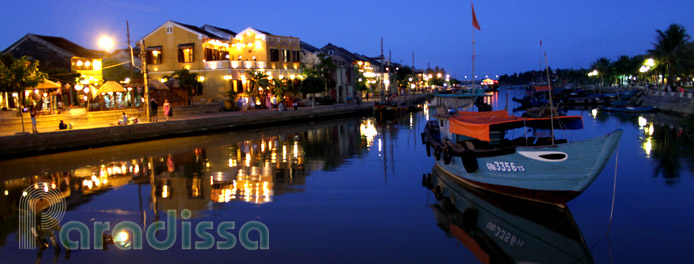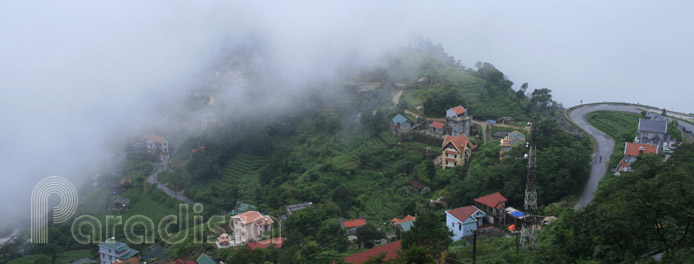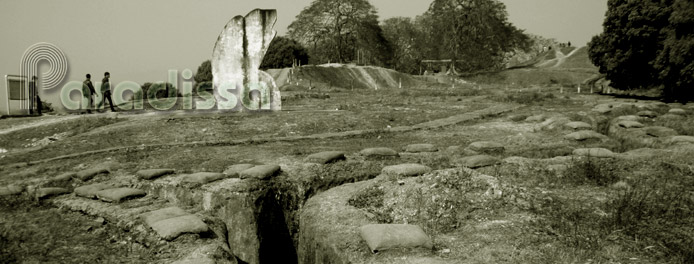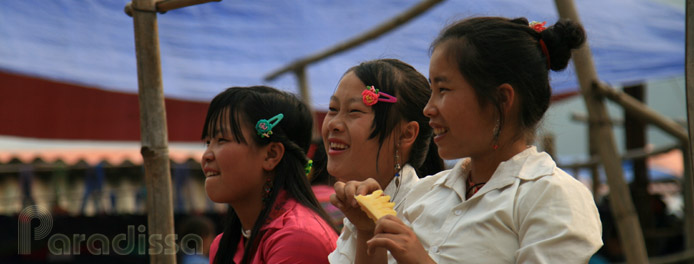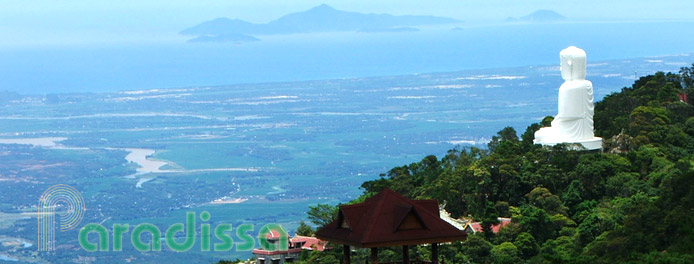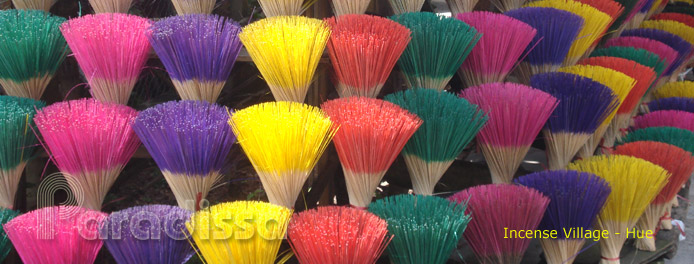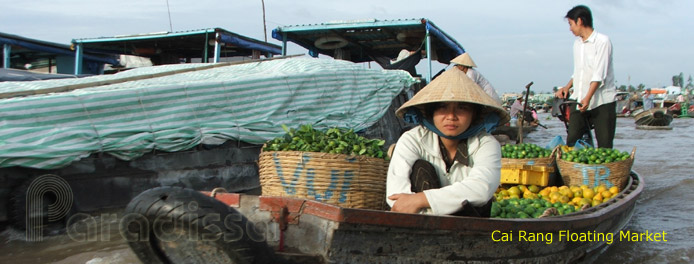Bac Ninh Holiday Weather today
Date/time of update: December 26, 2025, 12:04 am, Timezone: GMT+7
Broken Clouds
Temperature: 15.05°C
Temperature feels like: 14.13°C
Minimum Temperature: 15.05°C
Maximum Temperature: 15.05°C
Atmospheric pressure: 1022hPa
Humidity:58%
Visibility: 10000m
Wind speed: 3.31m/sec
Wind Direction: 19 degrees
Cloudiness: 61%
Sunrise: 2025-12-25 11:30:47
Sunset: 2025-12-26 10:21:32
The But Thap Pagoda is in Dinh To, Thuan Thanh, Bac Ninh Province, northern Vietnam. The official name of the pagoda is Ninh Phuc Tu. But Thap is located in the region of Kinh Bac where Buddhism first arrived in Vietnam in the 2nd century and where there was the ancient citadel of Luy Lau which was the capital of Vietnam back in the 2nd century A.D.
Travel Guide to the But Thap Pagoda, Bac Ninh
1/The history of the But Thap Pagoda
There is no definitive information as to when the pagoda was first built. But it is recorded that a pagoda was present here in the 13th century, a 9-tier tower was built by the chief monk - Huyen Quang. This tower does not exist anymore.
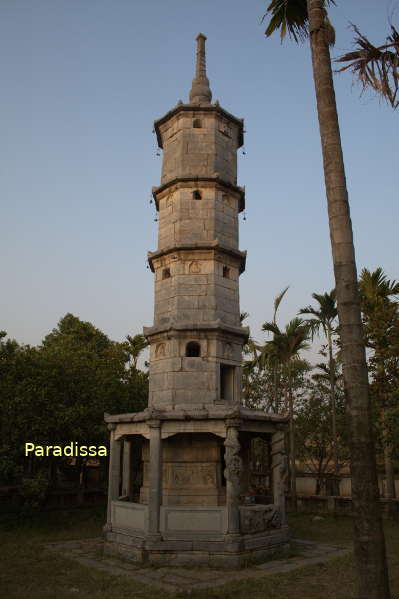
Now there is the Bao Nghiem Tower at the pagoda which was built of stone later (housing bones of Monk Chuyet Chuyet) and which resembles a pen. King Tu Duc on a visit to the pagoda found it like a pen and called it the Pen Tower, hence the name But Thap nowadays.
In the 17th century, the chief monk of the But Thap Pagoda was Chuyet Chuyet, of Chinese origin. The monk had a great service to turn But Thap into a famed pagoda. In 1644 Monk Chuyet Chuyet died and Monk Minh Hanh, a student of Chuyet Chuyet also of Chinese origin succeeded. The two monks had done a lot to the expansion as well as to build up the reputation of the pagoda.
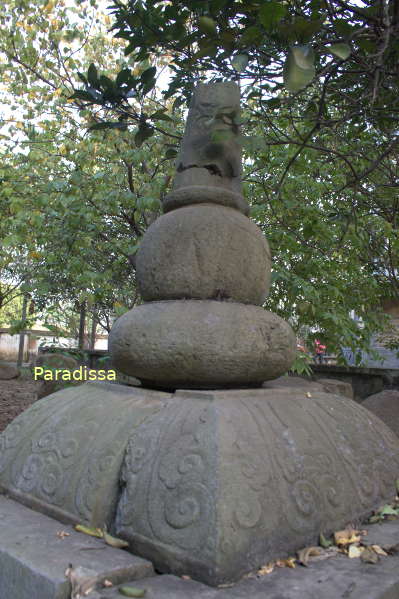
It was also in the 17th century, the Queen Mother retired and wanted to practice Buddhism at the But Thap Pagoda and the pagoda had been in degradation that time, she and her princess daughter asked for permission to rebuild the pagoda. The work was completed in 1647 and some of the structures in the 17th century have been maintained while several parts of the pagoda have been replaced under the many restorations.
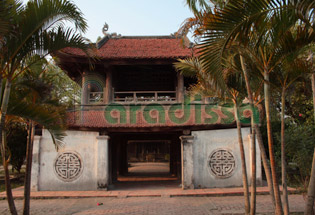
Gate to the But Thap Pagoda
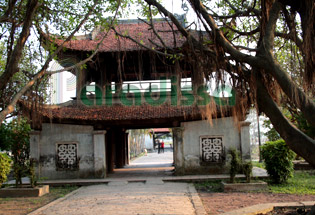
The Bell Tower of But Thap Pagoda, Bac Ninh, Vietnam
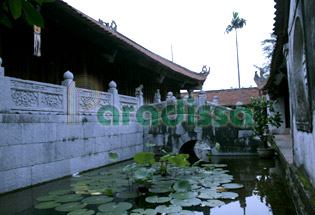
Lotus pond at But Thap Pagoda, a part of Feng Shui balance in the pagoda architecture
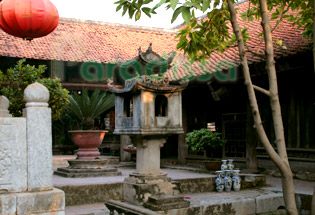
Worshipping altar at But Thap Pagoda
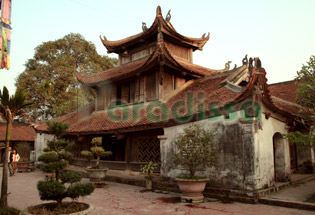
The building housing the wooden Buddhist Tower
2/The architecture of the But Thap Pagoda
2.1/The pagoda’s layout
The general layout of the But Thap Pagoda includes important buildings one after another on the central line. On the two sides of this line are 2 arcades in parallel running from south to north. Further outside the two arcades (if looking southwards, and the order from south to north) are
- On the left-hand side: Nha To (worshiping Monk Chuyet Chuyet and Monk Minh Hanh) and the Bao Nghiem Tower (housing bones of Monk Chuyet Chuyet), Thap Mo – Tomb Tower (housing bones of Monk Minh Hanh).
- To the right-hand side: Stele House and Stupa Garden
2.2/The important buildings in the central line of the But Thap Pagoda are
Tam Quan Gate
…
Bell Tower
...
Front Building – Tien Duong
…
Chamber for burning incense
…
The High Palace (or Upper Palace) – Thuong Dien (Worshiping Buddhas and Buddhism)
…
Stone Bridge across a lotus flower pond
…
Tich Thien Am (Accumulating Good Virtues) with a 9-Tier Rotating Wooden Tower (representing 9 levels of enlightenment of the Budda and Buddism, the rotating is to multiply prayers shortening the process of gaining enlightenment)
...
Nha Trung – the Middle Building
….
Phu Tho (worshiping fund donators in the past)
………
Hau Duong – the Back Building (worshiping Mothers of the Land – a Vietnamese cult and for worshiping deceased monks)
The whole complex of the But Thap Pagoda faces southward which is similar to most Vietnamese Buddhist pagodas. Visiting the pagoda, we’ll walk from the gate to the inner buildings traveling from south to north.
First we’ll have to pass a Tam Quan Gate, then a small path brings us to the bell tower with lovely wooden architecture. Once we pass through the bell tower it comes to a small front yard where there are giant fig trees and a huge incense bowl.
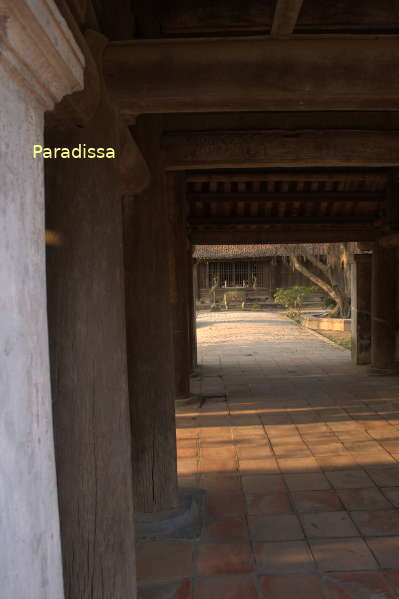
The Front Building is Tien Duong which houses two huge Guardians. The doors of Tien Duong are normally closed and the visitors have to take a side gate to proceed into this building.
The incense burning section is for the visitors to burn joss sticks before entering Thuong Dien where various statues representing different figures in Buddhism.
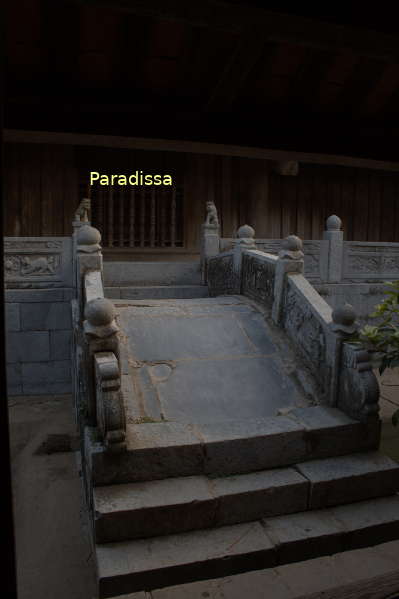
Behind the Thuong Dien Building, there are few other auxiliary buildings and the monks’ living quarter.
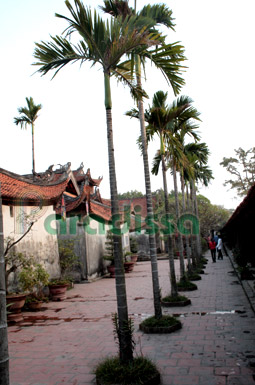
Areca Palm Trees at But Thap Pagoda
3. The statues in the But Thap Pagoda
The statues at the But Thap Pagoda were from the 17th, 18th, 19th and 20th century. The most famous statue at the But Thap is the statue of Archat (Avalokitesvara) with a thousand hands and eyes carved in 1656 which shows the high of the Vietnamese wood carving arts.
Dau Pagoda is 30km north of Hanoi. Paradissa offers half a day trips, cycling tours to the But Thap Pagoda and other tourist attractions in the Red River Delta.




